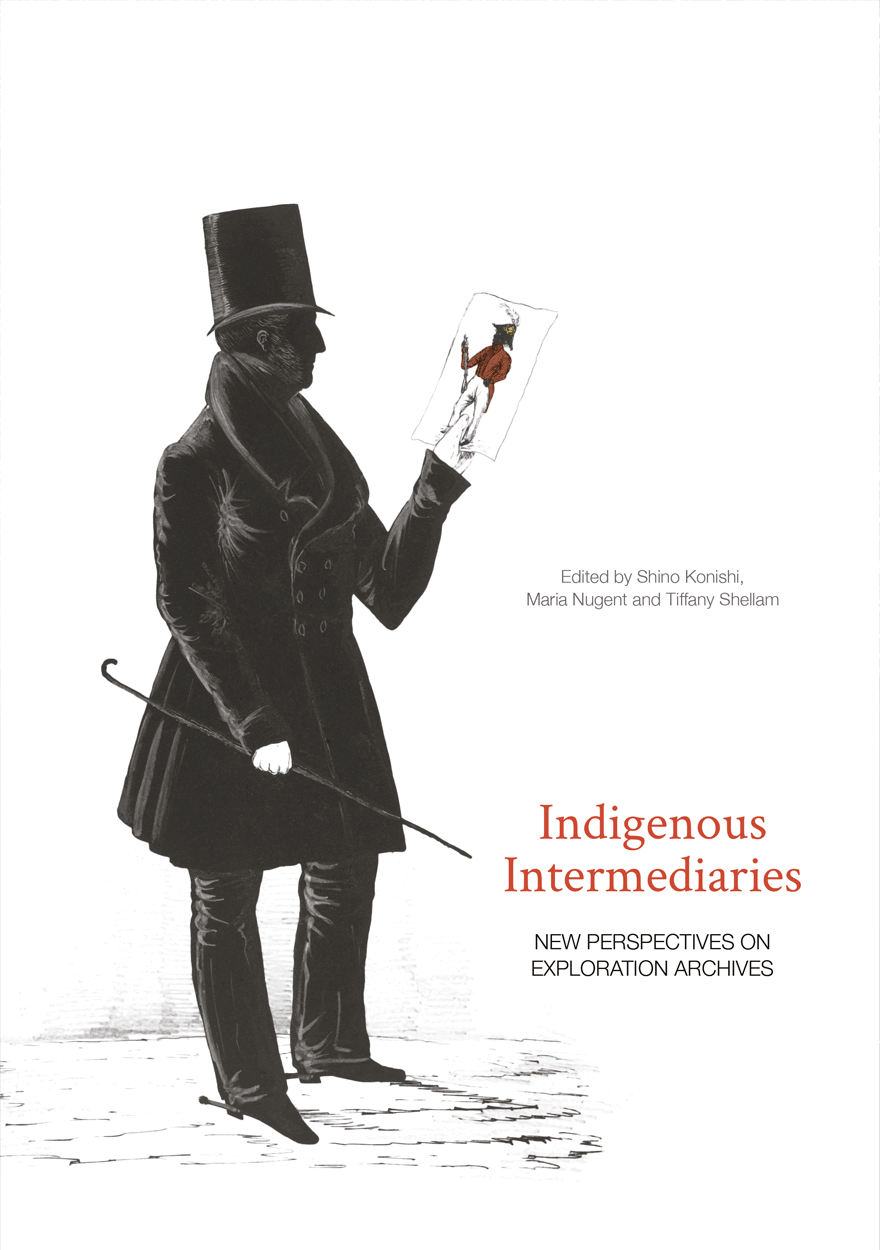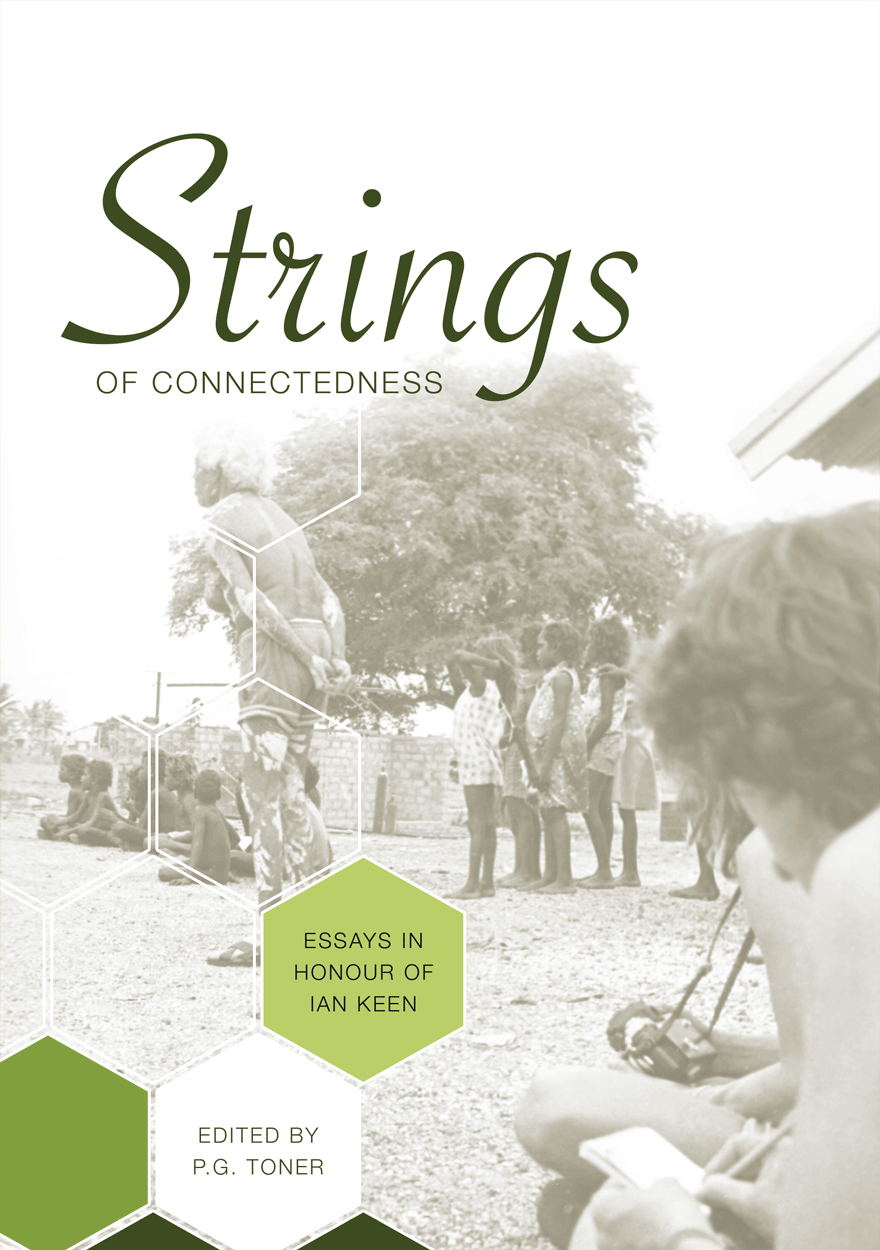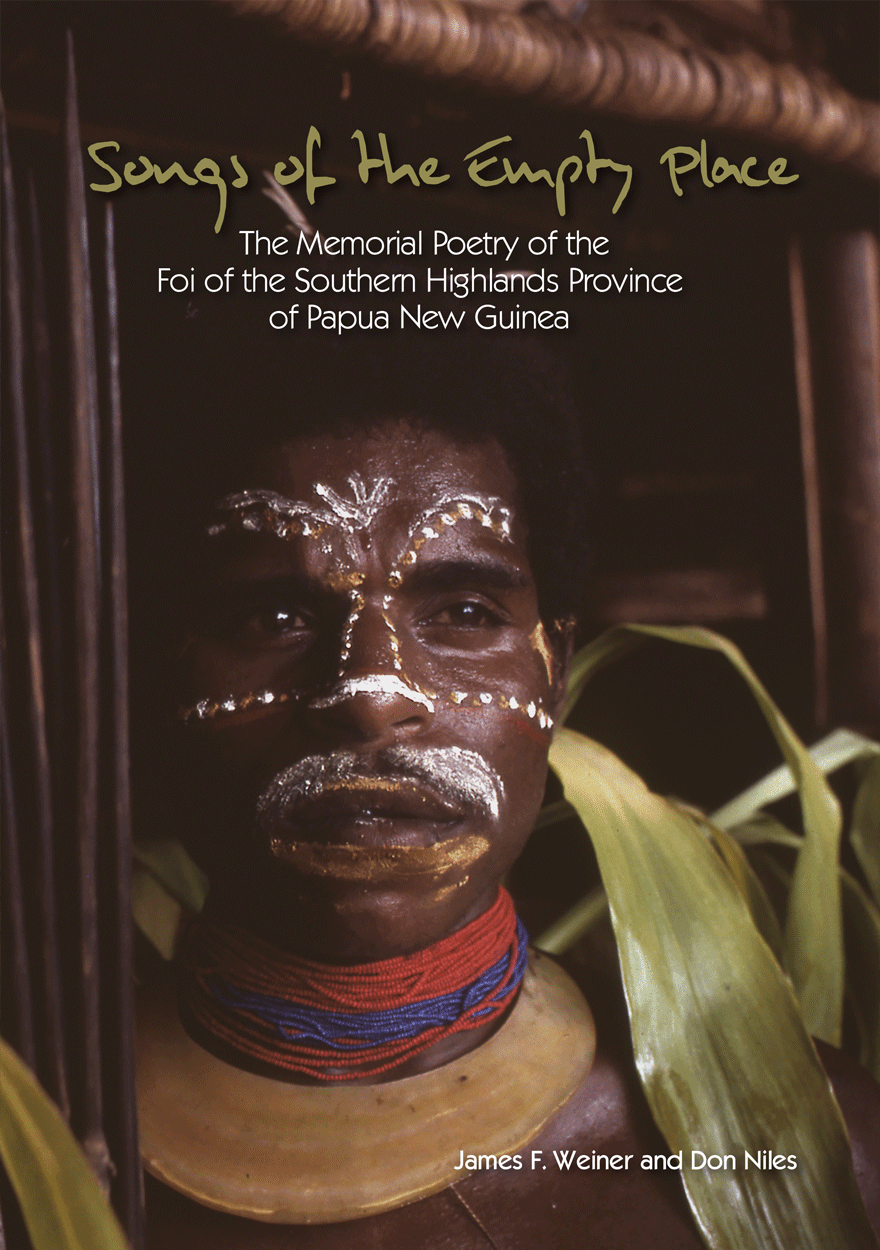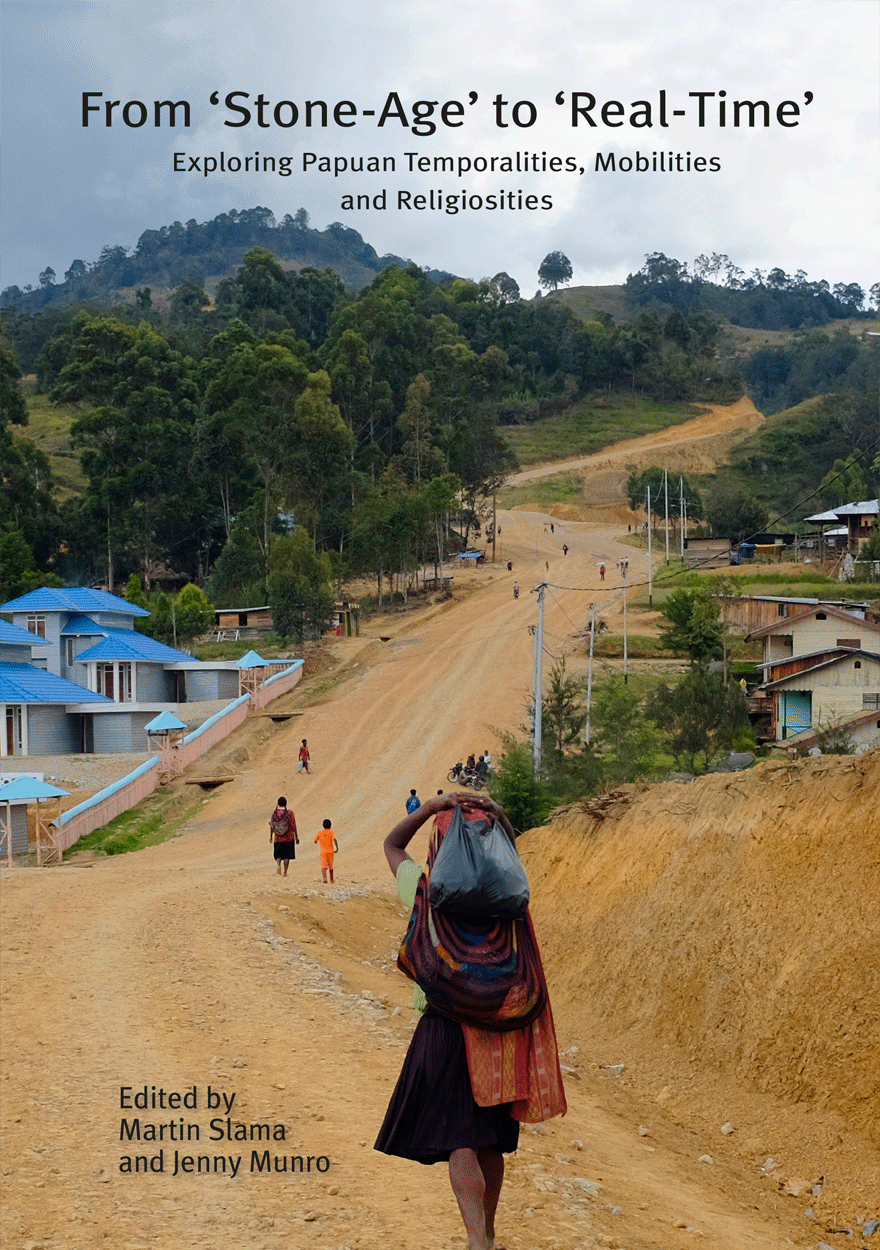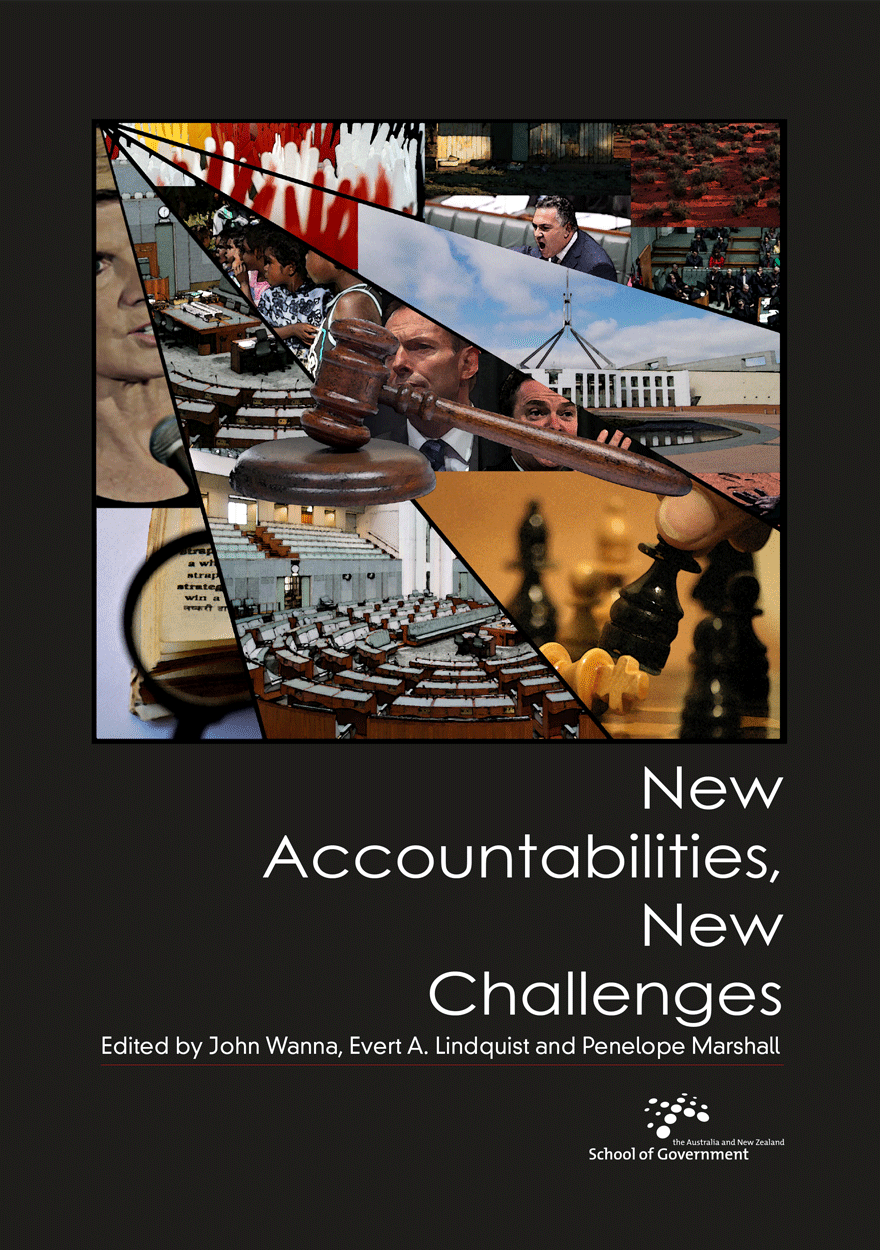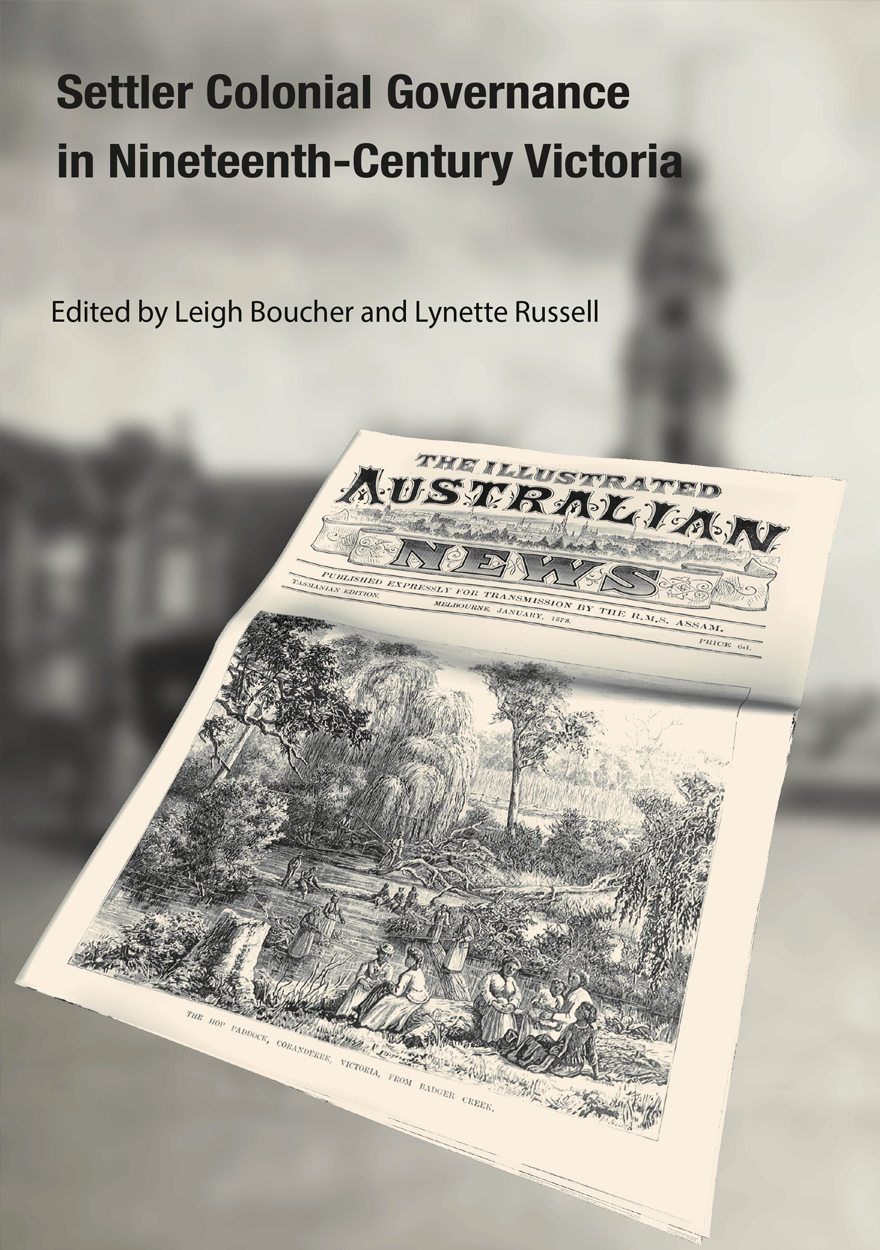
Making Sense of the Census
Observations of the 2001 Enumeration in Remote Aboriginal Australia
Edited by: David Martin, Frances Morphy, Will Sanders, John TaylorPlease read Conditions of use before downloading the formats.
Description
Special enumeration procedures for Indigenous Australians were introduced in the 1971 Census, and have been a feature of the Australian national census ever since. In 2001, as in previous years, the Indigenous Enumeration Strategy (IES) involved the use of locally recruited, mostly Indigenous, interviewers and the administration of modified forms.
This monograph presents the results of the first detailed comparative appraisal of the IES. Three CAEPR researchers observed the 2001 Census enumeration, each in a different remote-area context: Martin at Aurukun, a major Aboriginal township on Cape York Peninsula, Morphy at a small outstation community in the Northern Territory, and Sanders in the town camps of Alice Springs. The Australian Bureau of Statistics facilitated the research by granting the researchers status as official observers.
The introductory chapter by John Taylor gives a brief history of the IES and sets the context for the research. The three case-studies form the central chapters, and are followed by a concluding chapter that summarises the findings and recommendations.
While each locality had its unique characteristics, the authors found some common problems across the board which lead to general recommendations about the future design of the IES. They advocate a simplification of the enumeration procedure, the abandonment of the ‘two-form’ structure, the focusing of the IES more narrowly on people in ‘traditionally-oriented’ discrete Indigenous communities, and substantial changes in the design and content of any new ‘special Indigenous’ census form.
Details
- ISBN (print):
- 9780975122945
- ISBN (online):
- 9781920942021
- Publication date:
- Mar 2004
- Note:
- CAEPR Monograph No. 22
- Imprint:
- ANU Press
- DOI:
- http://doi.org/10.22459/CAEPR22.03.2004
- Series:
- Centre for Indigenous Policy Research (CIPR)
- Co-publisher:
- Centre for Indigenous Policy Research (CIPR)
- Disciplines:
- Social Sciences: Indigenous Studies, Statistics & Operational Research
- Countries:
- Australia
PDF Chapters
Please read Conditions of use before downloading the formats.
If your web browser doesn't automatically open these files, please download a PDF reader application such as the free Adobe Acrobat Reader.
To copy a chapter DOI link, right-click (on a PC) or control+click (on a Mac) and then select ‘Copy link location’.
- The context for observation (PDF, 838KB) – John Taylor doi
- Counting the Wik: the 2001 Census in Aurukun, western Cape York Peninsula (PDF, 525KB) – David Martin doi
- When systems collide: the 2001 Census at a Northern Territory outstation (PDF, 887KB) – Frances Morphy doi
- Adapting to circumstance: the 2001 Census in the Alice Springs town camps (PDF, 1.2MB) – Will Sanders doi
- The Indigenous Enumeration Strategy: an overview assessment and ideas for improvement (PDF, 456KB) – David Martin, Frances Morphy, Will Sanders and John Taylor doi
Other publications that may interest you







